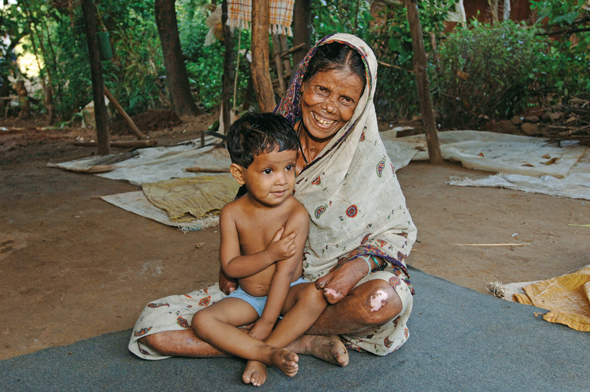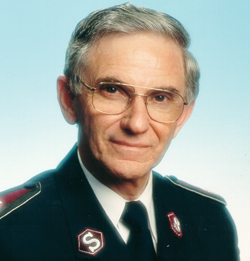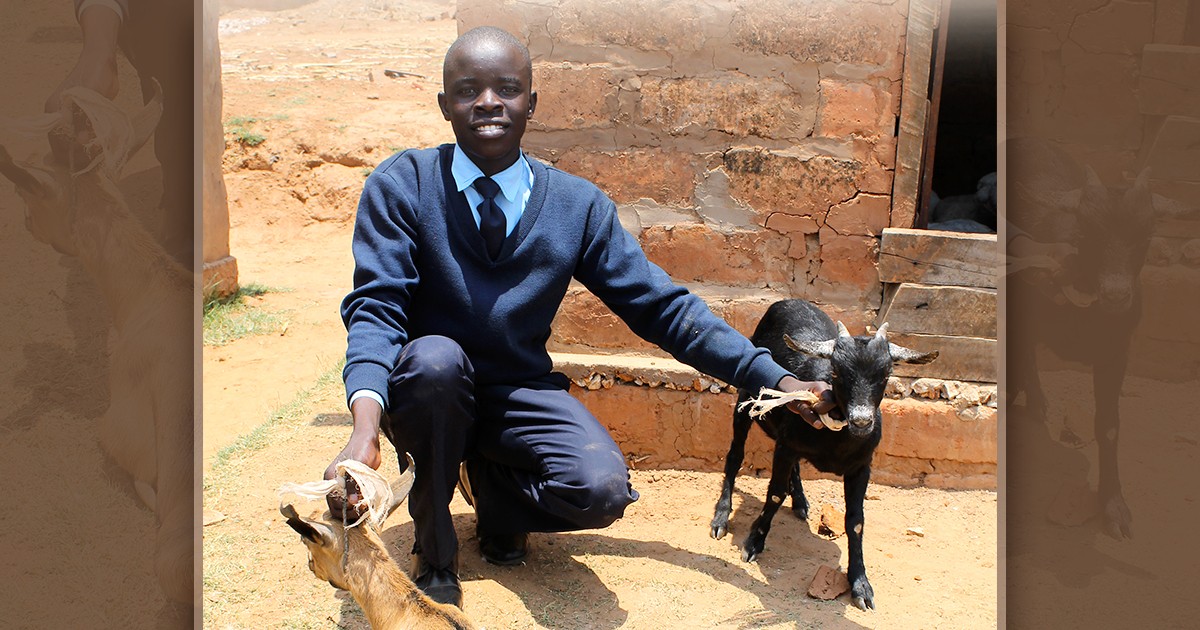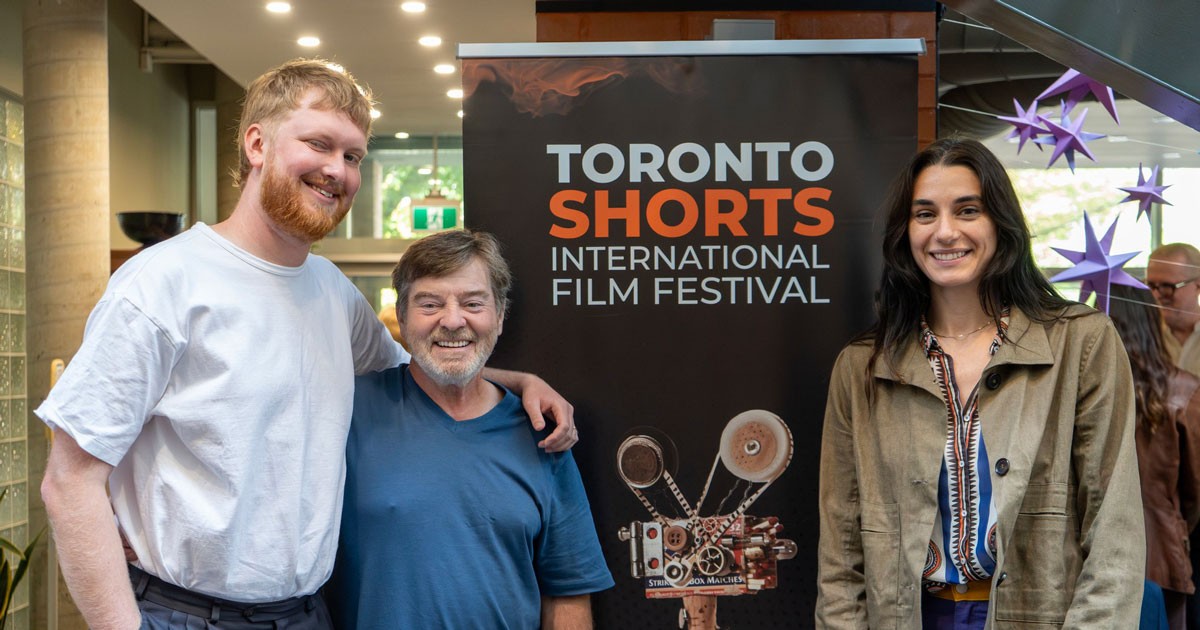 Born in South Africa, Commissioner (Dr.) Paul du Plessis was the chief medical officer at The Salvation Army's Chikankata Hospital in Zambia for 12 years. He has also served as the international medical adviser to the Army, territorial commander of the India Central and Southern Africa territories, and as international secretary for South Asia. For 20 years he served on the medical reference panel for Leprosy Mission International (LMI). After participating in a leprosy conference in Niagara Falls, Ont., he spoke with Major Max Sturge, associate editor.
Born in South Africa, Commissioner (Dr.) Paul du Plessis was the chief medical officer at The Salvation Army's Chikankata Hospital in Zambia for 12 years. He has also served as the international medical adviser to the Army, territorial commander of the India Central and Southern Africa territories, and as international secretary for South Asia. For 20 years he served on the medical reference panel for Leprosy Mission International (LMI). After participating in a leprosy conference in Niagara Falls, Ont., he spoke with Major Max Sturge, associate editor.
What causes leprosy? Is it infectious?
Leprosy is caused by the bacterium Mycobacterium leprae, which is a cousin of the tuberculosis bacterium. It is mildly infectious. A droplet transmitted by breathing, sneezing and coughing can spread the disease. It cannot be caught by a handshake.
Is leprosy curable?
Leprosy is curable with multidrug therapy (MDT), a powerful combination of two to three drugs, depending on its degree of severity in each individual. Human immune systems react differently to the leprosy bacterium. The length of the treatment therefore varies from six to 24 months.
What special problems does this disease cause for individuals and their families?
The major problem is social exclusion. Isolated from their families and the larger community, people afflicted with leprosy become “the living dead.” Their vitality dissipates. Work is out of the question. People dread the visible deformity associated with untreated leprosy. Some leprosy sufferers consider suicide their only option. They long for somebody to love them and to relate to them as human beings.
 Have you ever done reconstructive surgery for leprosy patients?
Have you ever done reconstructive surgery for leprosy patients?
I had no training in orthopedic surgery. I took some time to observe such procedures in Zambia and subsequently performed around 50 reconstructive surgeries a year. After surgery it was always tremendously heart-warming to see our patients being able to work and regain their human dignity. Recovered leprosy patients seem to come alive again.
What was your role at the Leprosy Mission International conference?
As LMI vice-president, I attended in an honourary capacity and was responsible for encouraging the international team on Christian health care. I have been asked to mentor some of the leadership team. Leprosy Mission International is a Christian medical organization with a strong emphasis on prayer and witness. My wife and I led prayers each morning.
Commissioner (Dr.) Paul du Plessis: "I am deeply concerned that the eradication of this curable disease is not on the horizon"
What was the purpose of the medical reference panel you chaired?
The panel provides technical support to LMI on, for example, the occurrence, transmission, control and cure of leprosy—and how to treat issues arising from it. My portfolio was community health. We focused on ways to help those affected by leprosy reintegrate into the communities from which they had been excluded.
To what extent is The Salvation Army involved in treating leprosy patients today?
We have two hospitals in India that specialize in leprosy treatment. In Africa, our approach is through community health programs. In Bangladesh, we operate a leprosy clinic.
I sense that you care passionately about leprosy treatment.
Though grateful for what is currently being done, I am deeply concerned that the eradication of this curable disease is not on the horizon. I long for greater financial investment in research to develop a simple blood test and a vaccine for leprosy. Leprosy is still a significant problem in India, Africa, Indonesia, and even Brazil. I feel passionately that through identification with our Lord—his experience of rejection and physical and emotional wounding—we can discover new life, and then bring God's healing grace to those who have experienced similar rejection and pain.









When I was at Chikankata Hopital for a year (1975-1976) with my husband who was a doctor and our 11 year old twin sons, we attended the church at the Leprosy Settlement which had a wonderful choir. I wonder if it still exists. The singing was exquisite, lively and in 4 part harmony. This was also true at the local Zambian elementary school our sons attended and where I volunteered in a grade 2 classroom. It was a rich experience. When I think of Zambia I remember especially that choir. Was there ever a recording made of it that one can order? If so how and where would I do that. I’m pleased to see the expansion of the hospital, its many new programs and proud graduates. The landscape, roads and traditional homes look very much the same. It’s a place to be proud of.
I I family and I